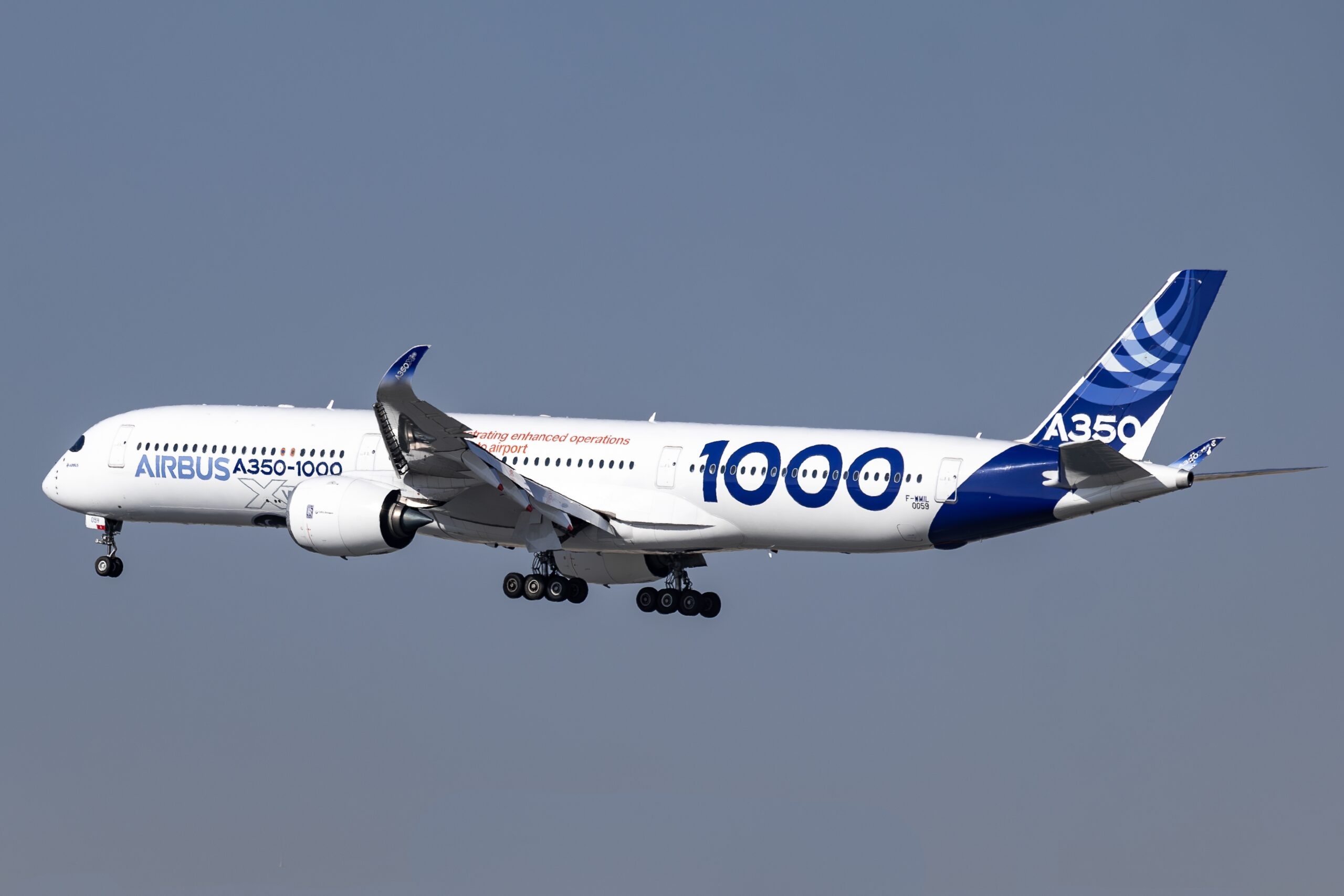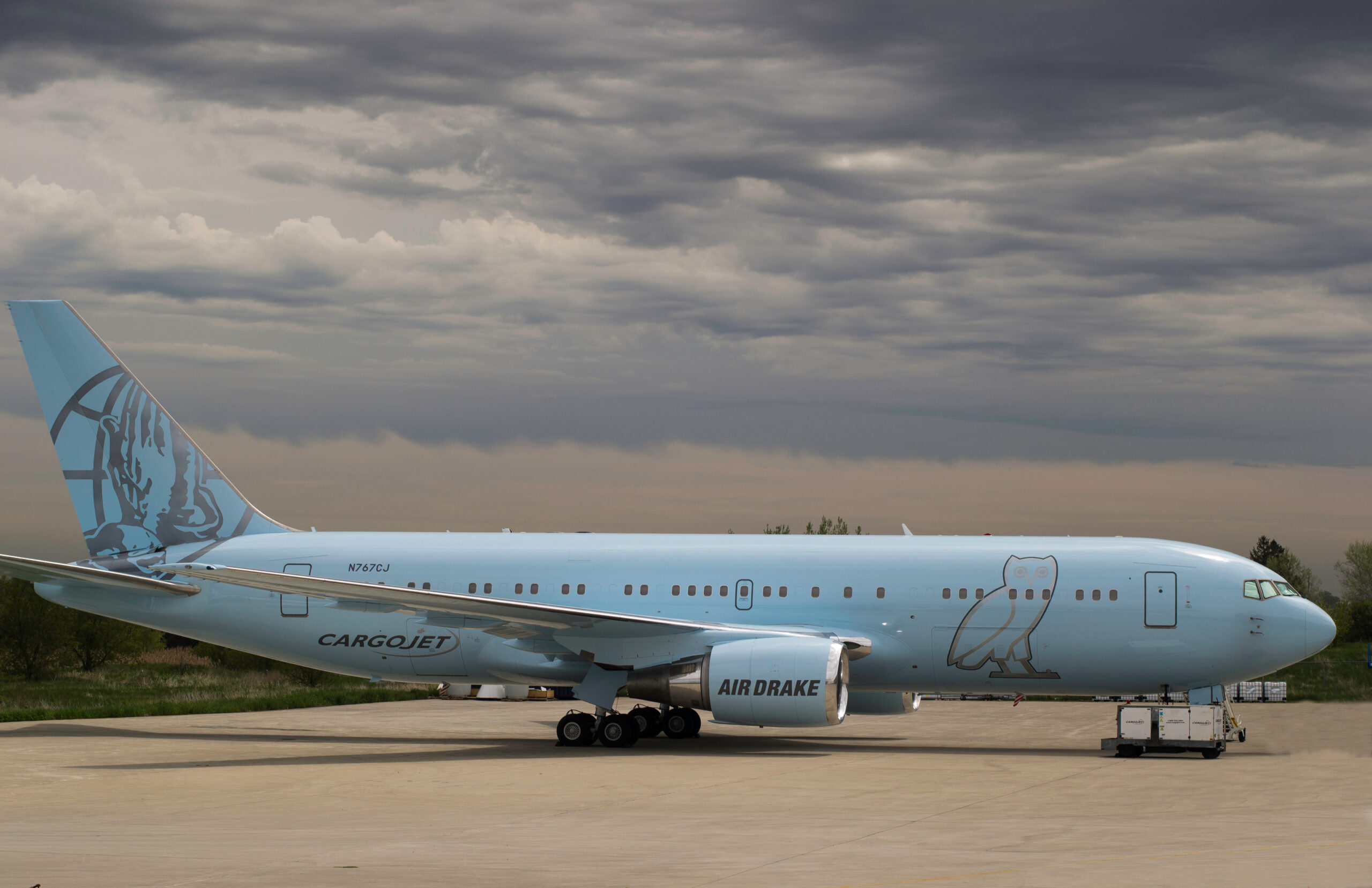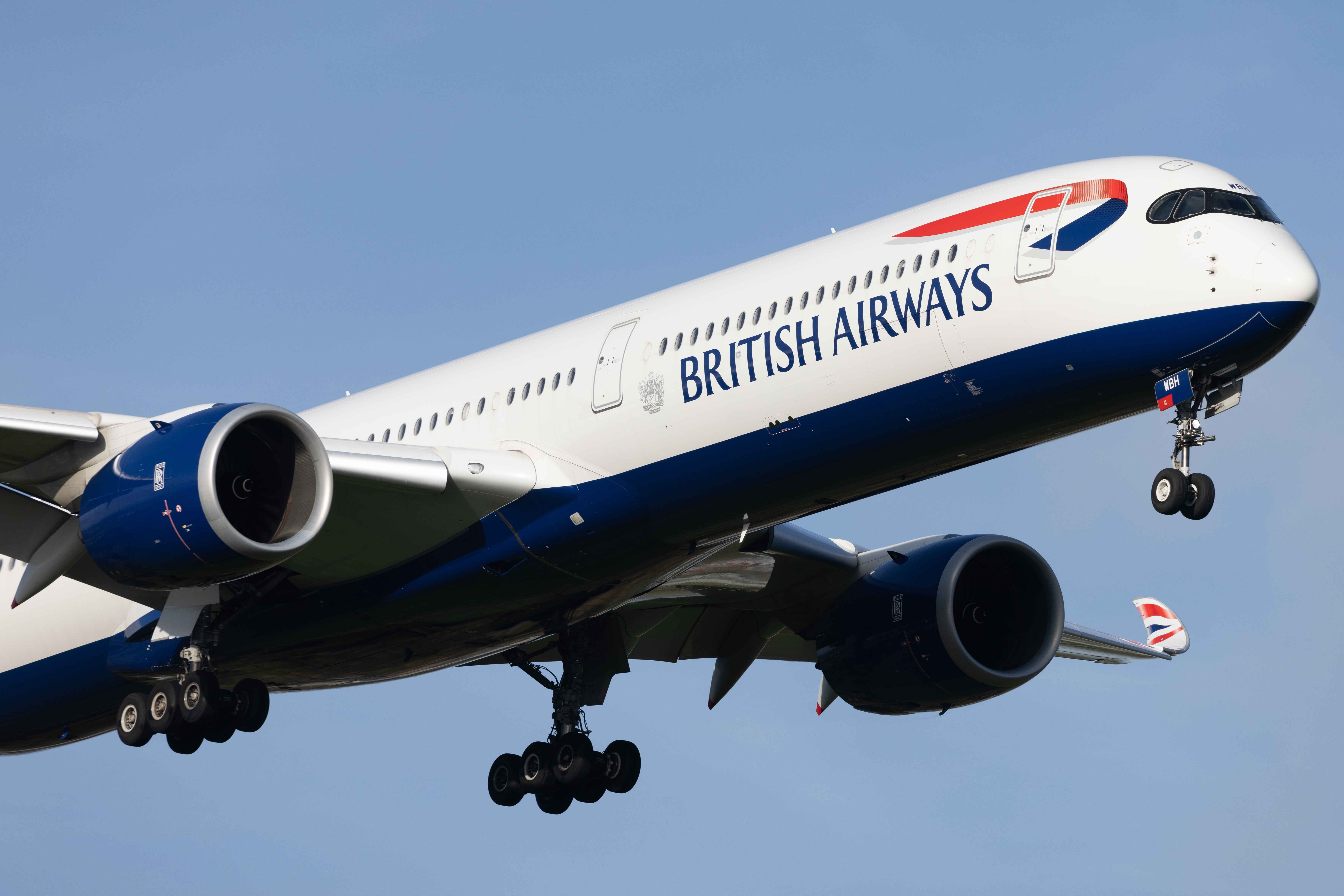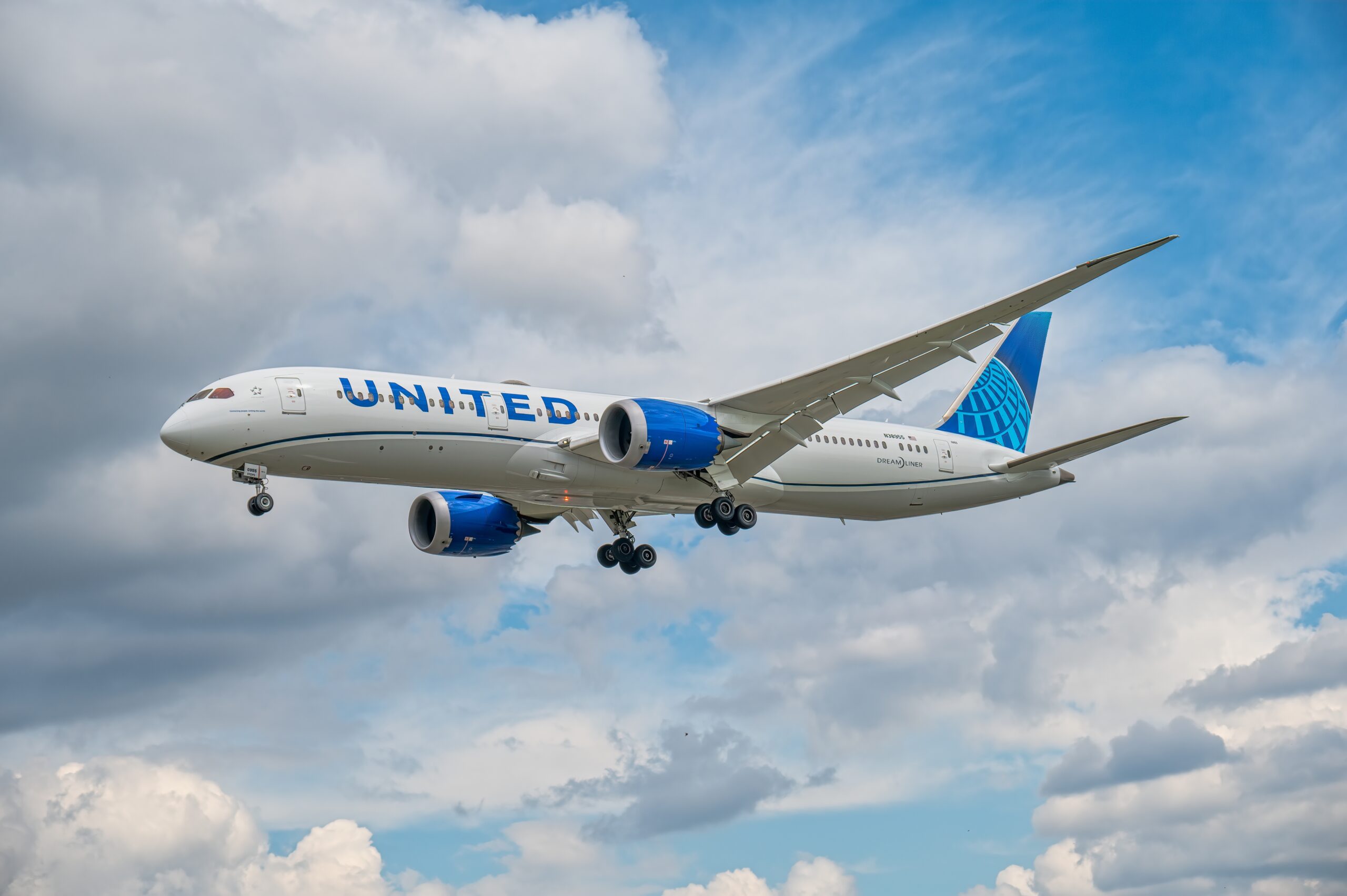Louisville International Airport: A Detailed Overview
Louisville International Airport (SDF) serves as a critical hub for air travel in Kentucky. It’s known not just for passenger flights but also as a significant cargo hub. The airport is centrally located, offering convenience to travelers and businesses alike.
Historical Background
The airport was built in 1941 under the Civil Aviation Administration, now known as the Federal Aviation Administration (FAA). It was initially named Standiford Field, after Dr. Elisha David Standiford, a local businessman and politician. The name was later changed to Louisville International Airport in 1995 to reflect its growing status and international connections.
Facilities and Amenities
The airport features a range of facilities to enhance the passenger experience. Comfortable seating, free Wi-Fi, and charging stations are available throughout the terminal. Numerous dining options offer everything from quick snacks to sit-down meals. Convenient shops provide last-minute travel essentials and local souvenirs.
Parking Options
- Short-term Parking: Located directly across from the terminal, ideal for brief visits or picking up passengers.
- Long-term Parking: A cost-effective option for extended stays, with shuttle services to and from the terminal.
- Express Shuttle Parking: Offers a balance of convenience and economy, complemented by frequent shuttle services.
Cargo Operations
One of the standout features of Louisville International Airport is its cargo operations. The airport is home to the UPS Worldport, which is among the world’s largest package handling facilities. The cargo hub operates around the clock, playing a crucial role in global logistics and supply chains. This makes the airport a pivotal center for freight, significantly contributing to the local and national economy.
Passenger Airlines and Destinations
Numerous airlines operate from the airport, providing a range of destinations. Major carriers like American Airlines, Delta, and Southwest offer regular flights to cities across the United States. Seasonal and charter flights also connect Louisville to popular vacation spots and international locations.
Domestic Destinations
- Atlanta
- Chicago
- Dallas
- New York
International Destinations
- Cancun
- Toronto
Transportation and Access
The airport is easily accessible via various modes of transportation. It’s located just a few miles south of downtown Louisville, making it convenient for residents and visitors. Rental cars, taxis, and ride-sharing services are readily available. Public transportation options, including bus services, also provide an economical way to reach the airport.
Sustainability Initiatives
The airport has committed to several sustainability practices. Energy-efficient lighting and recycling programs are part of ongoing efforts to reduce environmental impact. Water conservation measures have also been implemented, contributing to the airport’s overall sustainability goals. The airport continuously looks for ways to integrate environmentally friendly practices into its operations.
Recent Developments and Future Plans
Louisville International Airport is undergoing significant upgrades to accommodate growing passenger and cargo demand. Modernization of the terminal and runways aims to enhance safety and efficiency. Upcoming projects will further improve passenger amenities, including expanded dining and shopping options. These developments ensure the airport remains competitive and capable of supporting the region’s transportation needs.
Traveler Tips
Arriving at the airport at least two hours before domestic flights and three hours before international ones is advisable. Check-in and security processes can take some time, particularly during peak periods. Utilize online check-in whenever possible to save time at the airport. Familiarize yourself with the layout of the terminal to navigate more easily to your gate. Take advantage of the airport’s mobile app for real-time updates on flight status and airport services.
Community Engagement
The airport maintains a strong relationship with the local community. Various outreach programs and events are conducted throughout the year. Educational tours for schools and community groups help to foster understanding and appreciation of aviation. The airport also supports local businesses through partnerships and cargo operations, contributing to the regional economy’s vibrancy.
Safety and Security
The airport prioritizes the safety and security of all travelers. Comprehensive screening processes are implemented at security checkpoints. Passengers are encouraged to familiarize themselves with TSA guidelines to ensure a smooth security experience. The airport’s security team works closely with local and federal authorities to maintain high safety standards. Regular drills and training sessions ensure preparedness for any potential scenarios.
Conclusion
Louisville International Airport plays a vital role in connecting Kentucky to the world. Its blend of passenger services and extensive cargo operations makes it unique. Continuous improvements mean it will remain a centerpiece of the region’s infrastructure for years to come. Whether you’re a passenger catching a flight or a business relying on its logistics, Louisville International Airport stands ready to serve.






